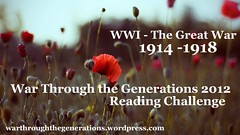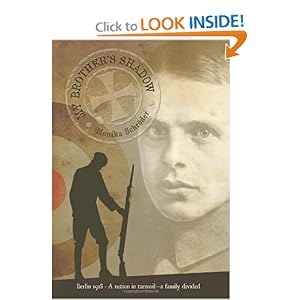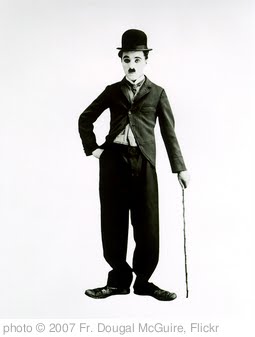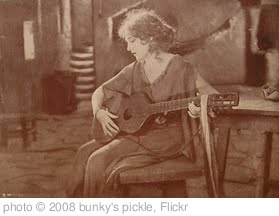 Edith Nesbit’s classic story of siblings and magic, The Five Children and It, was first published in 1905. In Five Children on the Western Front, British children’s author Kate Suanders gives us the Bastable children about nine years older and wiser and the Psammead (pronounced Sammy-ad) as irascible as ever, but not quite so magical. Maybe that’s because the world itself was more magical in 1905 than it became in 1914.
Edith Nesbit’s classic story of siblings and magic, The Five Children and It, was first published in 1905. In Five Children on the Western Front, British children’s author Kate Suanders gives us the Bastable children about nine years older and wiser and the Psammead (pronounced Sammy-ad) as irascible as ever, but not quite so magical. Maybe that’s because the world itself was more magical in 1905 than it became in 1914.
World War I has intruded upon the lives of the grown-up or nearly grown-up children, Cyril, Anthea, Jane and Robert, and even The Lamb (Hilary) and the new little Bastable sister, Edie, are living in a wartime Britain rather than the idyllic turn-of-the century British countryside in which the older children first encountered magic. The story covers the wartime years, 1914-1918. The Psammead has returned to see the children through the war—or maybe he’s come back because he can’t really control his magic or grant wishes anymore, and he just needs a place to live. He thinks he’s been “de-magicked and dumped” in the Bastables’ garden by an angry universe. At any rate, Edie, nine years old at the story’s inception, takes a liking to the grumpy and rather sleepy sand fairy, and occasionally even manages to be involved in some magical adventures on his behalf.
I thought this was a fascinating look at “what ever happened to the five children and It”, but I would have to try it out on a real child to know whether this is just a book for nostalgic adults and teens who were Nesbit fans or whether actual children would enjoy it, too. There’s a lot of kissing and war romance and war scenes, shown from a child’s (sometimes eavesdropping) perspective and totally appropriate for children, but the story is really about adults as much as it is children.
It’s also about repentance. The Psammead has a cruel and tyrannical past life, and part of his task during the years of the book’s tale is to repent. Repentance in this particular case means understanding that he’s done something bad and feeling a bit sorry. No reform or payment is required, but the Psammead has trouble with even a minimal amount of humility or apology. So, the children take turns laughing at his unrepentant cruelty and carelessness and trying to convince him that he is not the center of the universe. Again, I was interested in whether or not the old Psammead would ever be able to “go home”, reconciled to the universe, but I don’t know how many children would stay interested.
For fans of Edith Nesbit or Downton Abbey (for the history) or maybe World War I settings.















